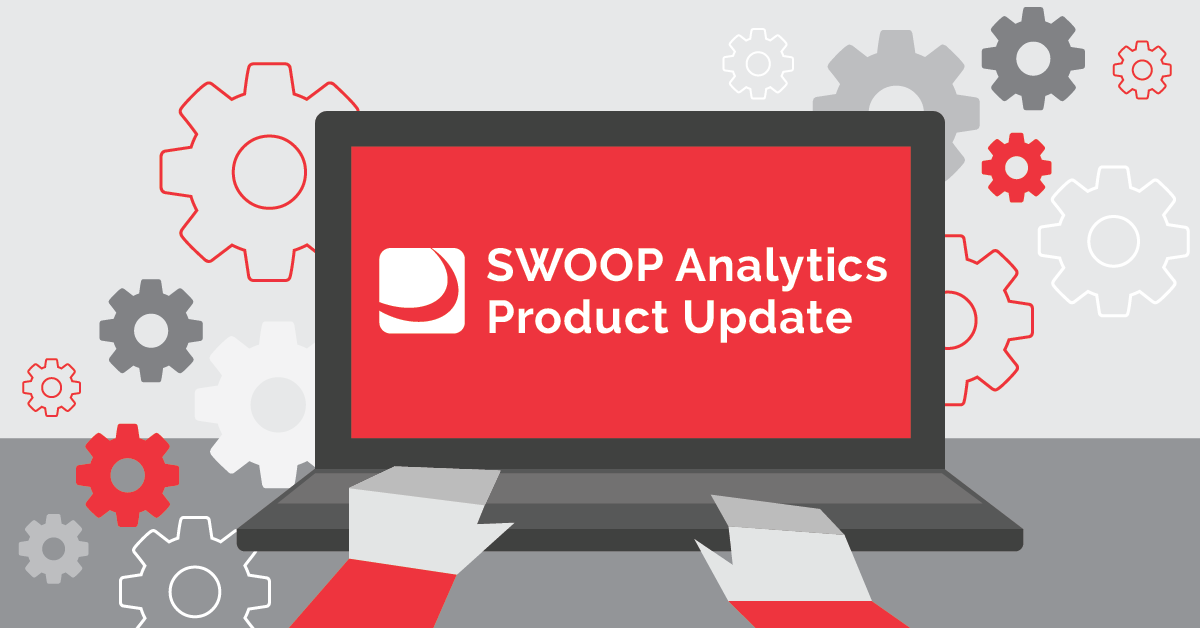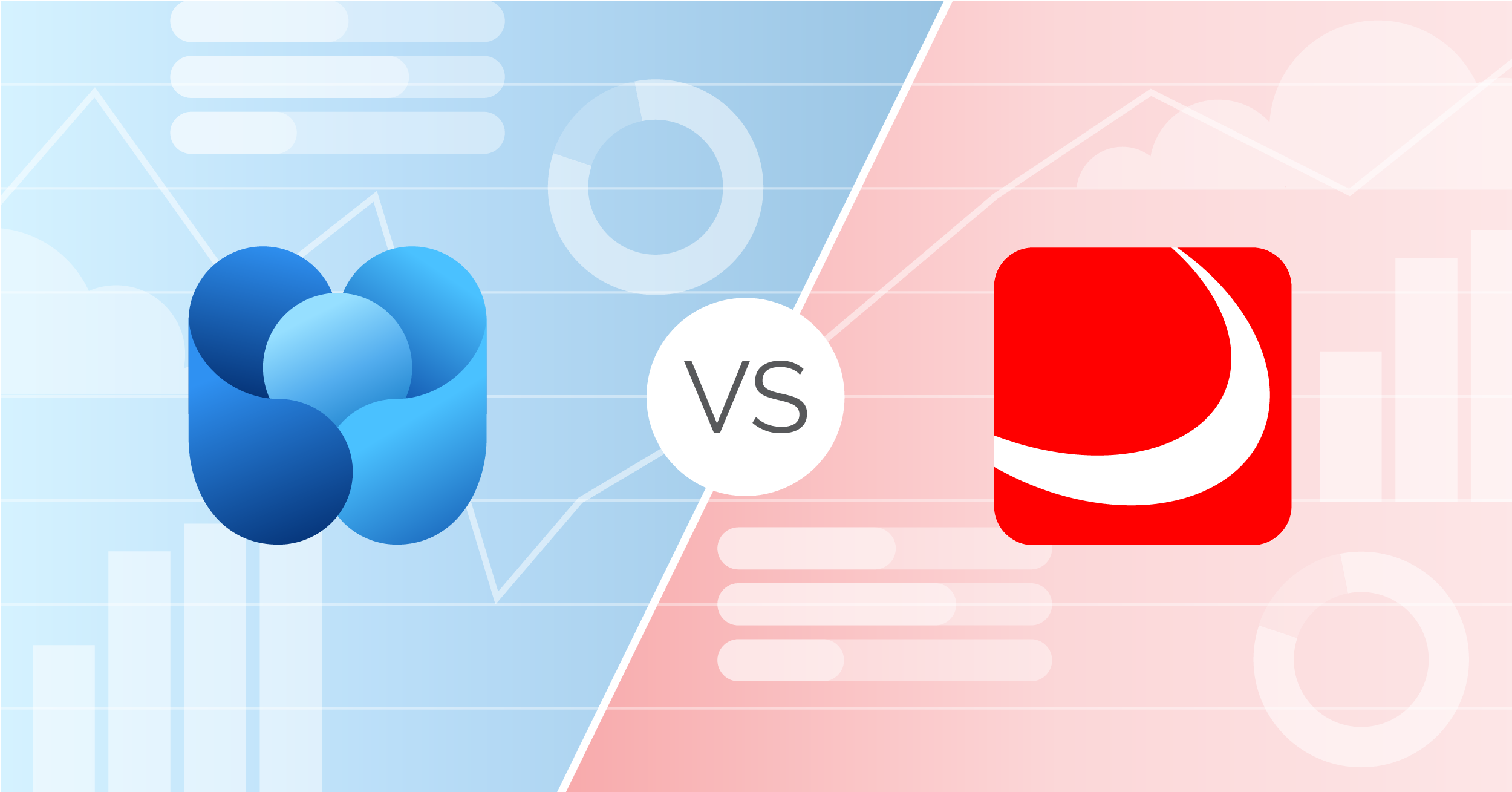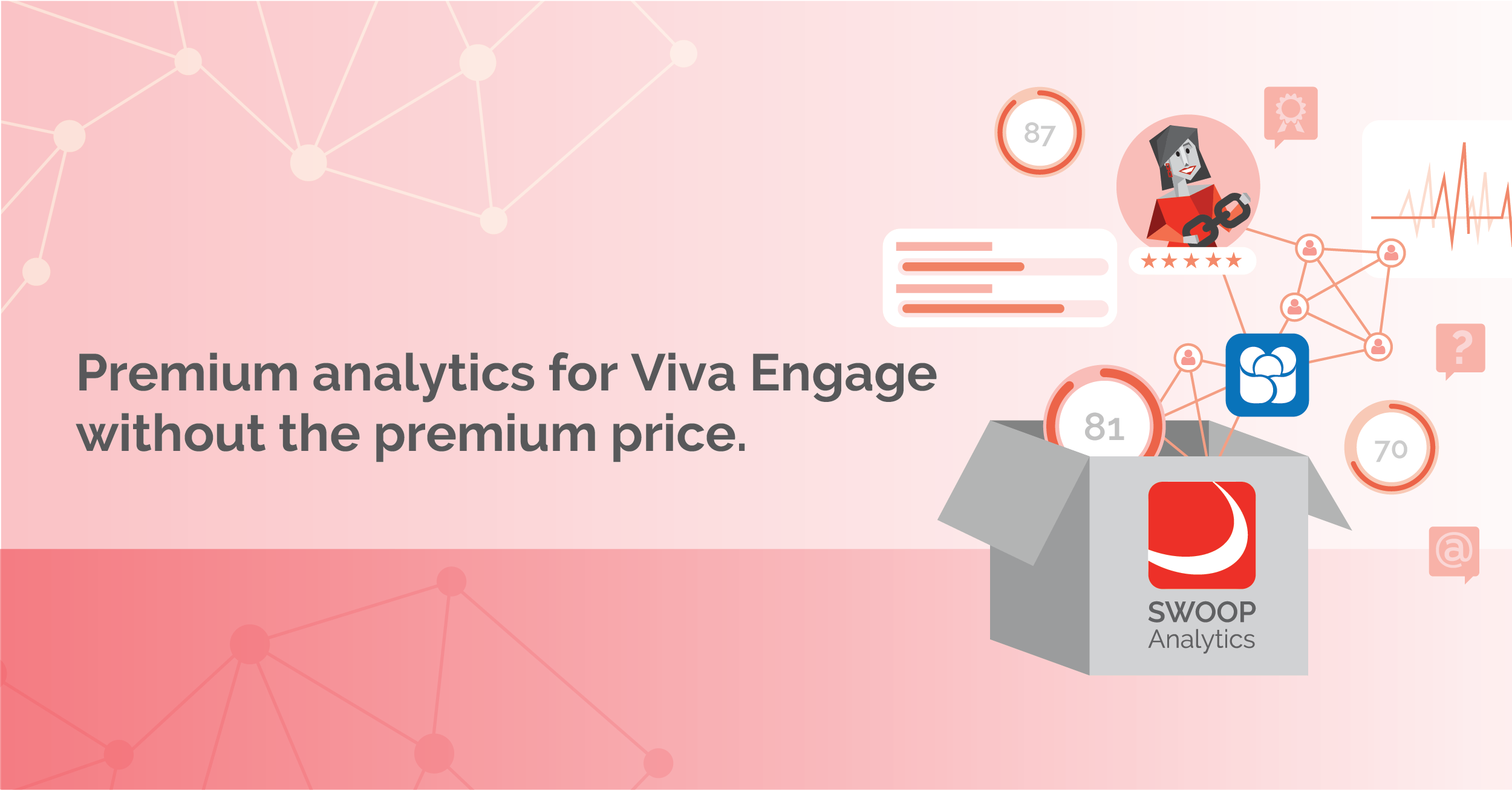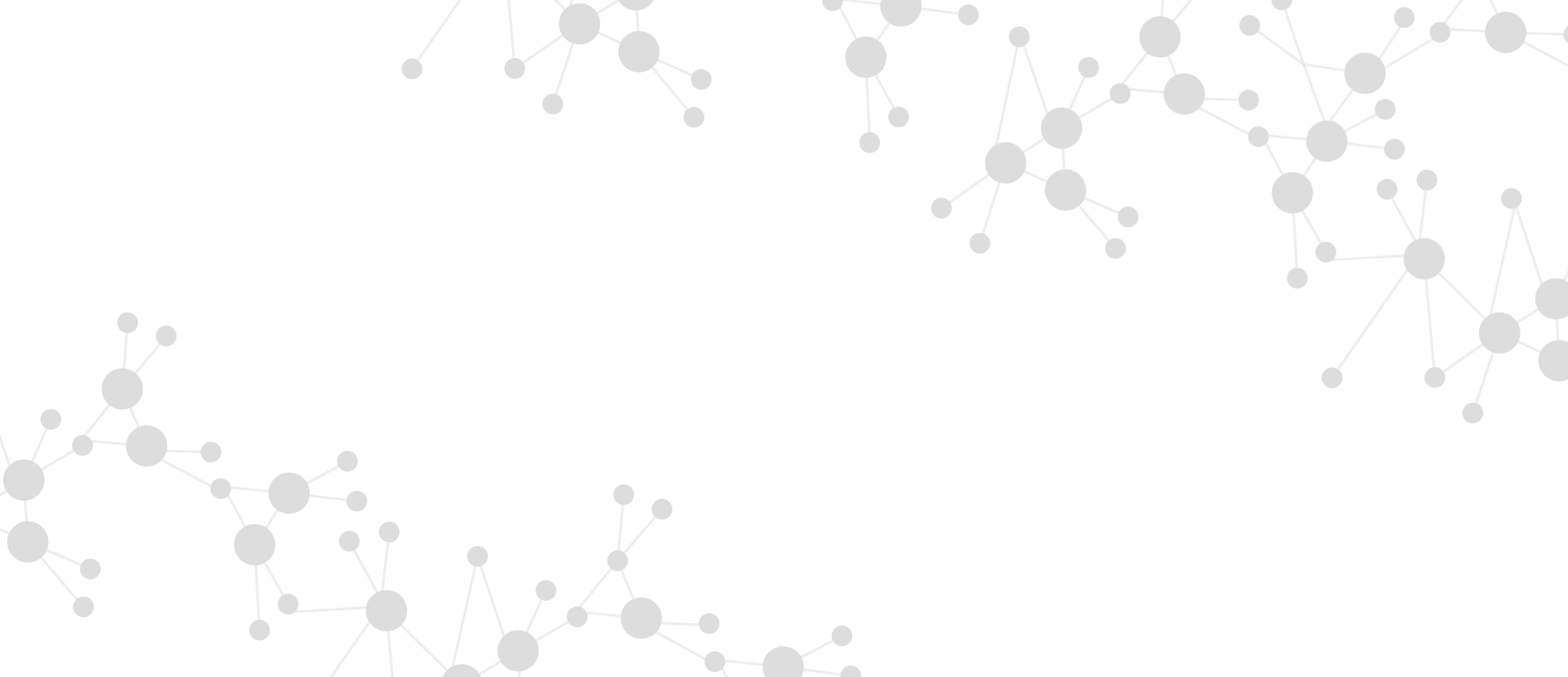
SWOOP Blog
Latest Articles
Blog Archive

Will the ‘Real’ Digital Team Please Stand Up?
Other than simple reports on digital team size and number of messages shared, the team-level analytics currently available are rudimentary at best. My previous article on building effective digital teams examined research my company, Swoop Analytics, did on over 1,300 self-declared digital teams across several organizations using the Workplace by Facebook platform. The average membership from these "teams" was nearly 300 and therefore, most could not be considered real teams. Nevertheless, one would expect that many, in spite of their size, are gaining value from their use of the digital platform.

What Does it Take to Build an Effective Digital Team?
We recently completed what we believe is the largest study of digital team collaboration performance ever undertaken. We analyzed 1,360 digital teams from nearly 70 organizations from a full breadth of industries and geographies. The digital interactions of over 400,000 team members and nearly 2 million interactions over an extended 6-month period were analyzed. Our sample was drawn from users of the collaboration platform Workplace by Facebook, where groups have been self-identified as a team.
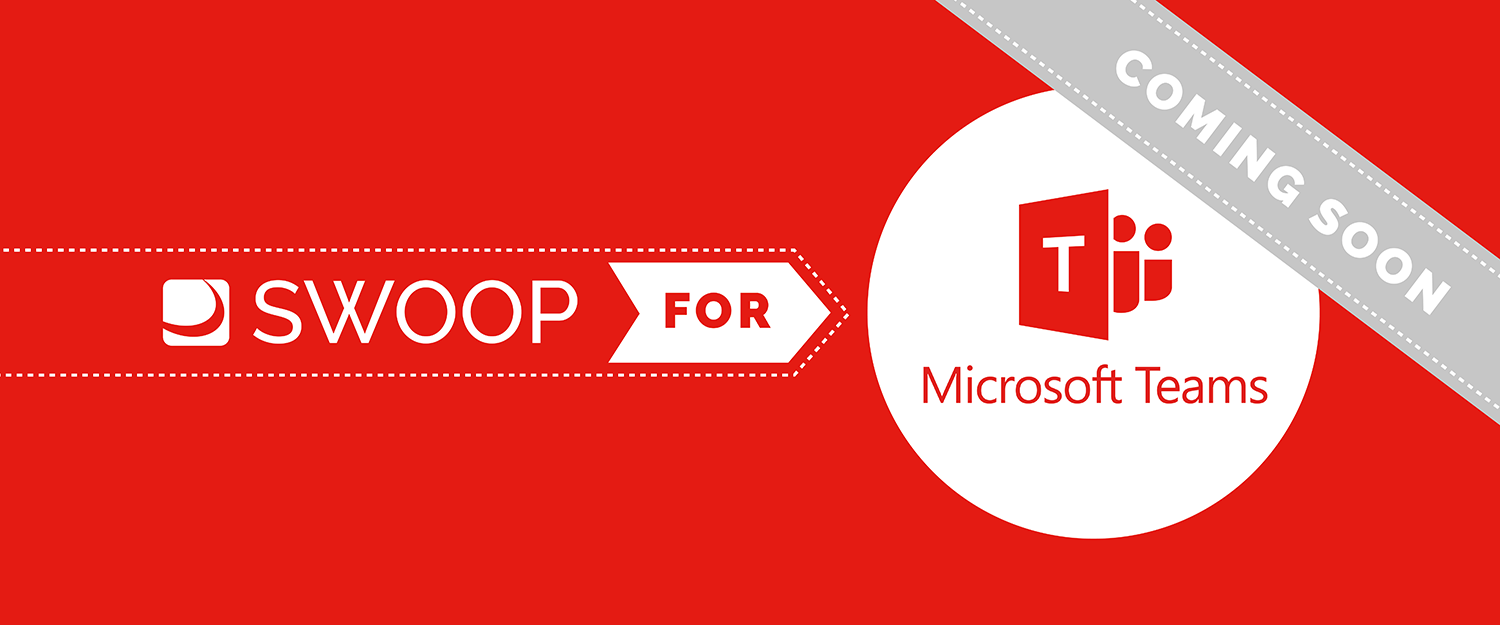
SWOOP for Microsoft Teams – we're getting closer
We are excited to tell you about how we are progressing with SWOOP for Microsoft Teams and give you a peek at what’s in store.
For those of you who have used SWOOP for Yammer, there will be little familiarisation required as most of the widgets and measures are similar to what you’re used to seeing. And you’ll be pleased to know that we plan on providing insights and recommendations on migrations between Teams and Yammer groups.
For those new to SWOOP, you will find SWOOP prioritises relationships and behavioural change over simple activity counts. We believe high performing teams are built on strong personal relationships; so that is where our prime focus remains.

Building High Performance Online Teams
What does a high performing team online look like? What measures should leaders adopt when monitoring and guiding their team’s performance? We’re about to take you on a deep dive into analysing what “good looks like” for high performing teams. This article builds on our introductory post on “Building Better Online groups” where we identified that not all online groups are formed equal and that a more bespoke analytics approach is required for the different types of online groups. The ‘Team’ was one such grouping identified.

You’ve created a Team on Microsoft Teams: Now What?
You created a team on Microsoft Teams and you probably found the ‘Create Team’ experience was as simple as can be. Hopefully you spent a bit of reflection time before you completed the ‘Description’ field, as it just might end up being the most important entry you will make for this team.

Now that You @Mention It…
Being ‘mentioned’ publicly has long been considered a most worthy form of praise. In war times being “Mentioned in Despatches” was a common form of recognising exceptional performance or behaviour and the term has since migrated into mainstream business. With the advent of Social Media/Networking and the @ mention popularised by Twitter, we have seen the ‘mention’ evolve to more than an instrument of praise, but also one for tagging people into an online conversation. While perhaps not as gratifying, it does send a signal from the ‘tagger’ that I am thinking of you, and vice versa.
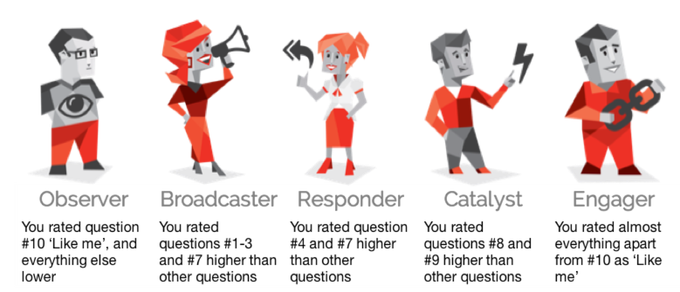
Seeing How You Work, Changes How You Work - What's Your Online Persona?
Our SWOOP Personas are having a much bigger impact than I expected. For a quick summary of the five personas see our previous posts: Observer, Broadcaster, Responder, Catalyst and Engager. In summary, these personas provide you with insights into your online behaviour on your enterprise social network.

Is Being a ‘Lurker’ a Good or Bad Thing?
Lurkers are often painted in a negative context, as those that take but don’t give back. Sometimes, however, communities are designed for lurkers/observers e.g. Technical Support Forums. But even in this context one could argue that a lurker benefiting from some expert advice might still add value by acknowledging an expert contribution. So how should lurkers/observers be viewed?

Is There a Place for ‘Broadcasters’ on Conversational Platforms? SWOOP: Broadcaster Persona
This post continues the series the deeper dives into the specific measures included in the SWOOP Collaboration Framework #swoopframework. The ‘Broadcaster’ behavioural persona; is the fourth collaboration persona with the ‘Engager’, ‘Catalyst’ and ‘Responder’ personas.
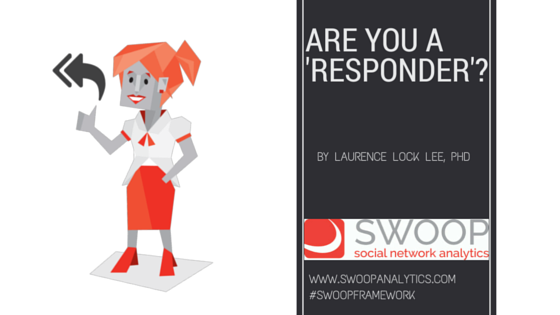
Are you a Responder?
This post continues the series the deeper dives into the specific measures included in the SWOOP Collaboration Framework #swoopframework. The ‘Responder’ Behavioural Persona is the third positive collaboration persona with the ‘Engager’ and ‘Catalyst’ personas.

Swoop Persona: Are you a ‘Catalyst’ for Innovation Online? Here’s how you can find out.
This post continues the series of deeper dives into the specific measures included in the SWOOP Collaboration framework #swoopframework. The ‘Catalyst’ behavioural persona, in our view, is the next most desirable collaboration persona after the ‘Engager’. Catalysts are regularly seen as change agents and innovators.
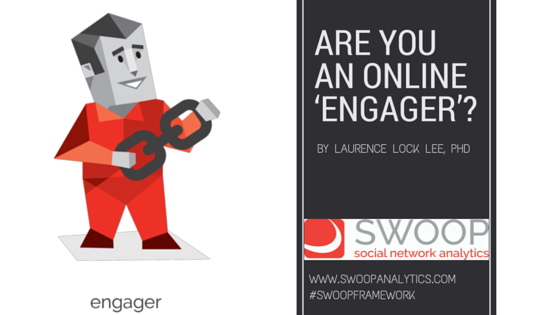
Swoop Persona: Are you an Online ‘Engager’?
This post is the first in a longer series of posts devoted to a deeper dive into the specific measures included in the SWOOP Collaboration Framework #swoopframework. We are starting with the ‘Engager’ Behavioural Persona; in our view the most desirable collaboration persona.
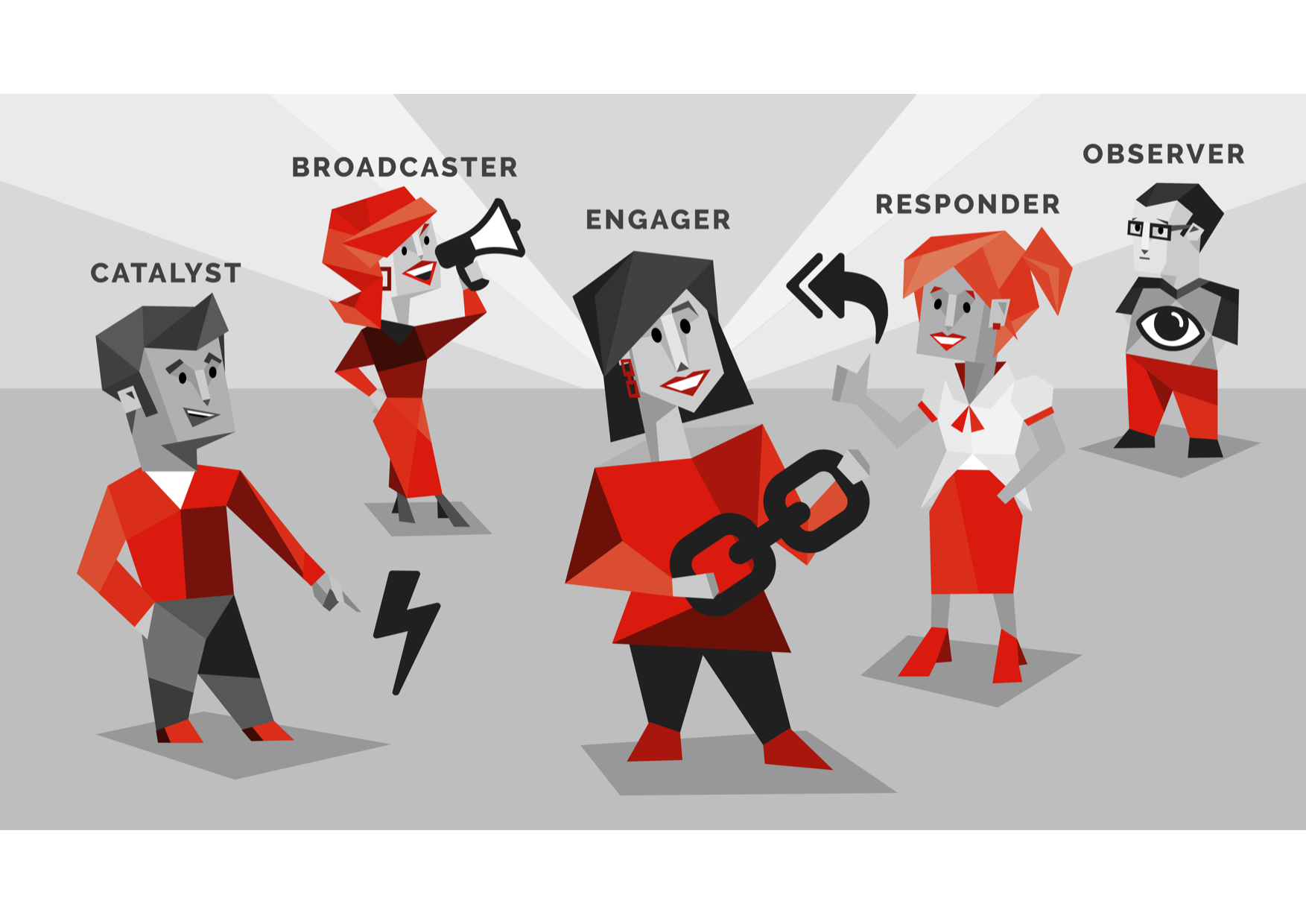
Can Online Personas Improve your Collaboration Behaviour?
Personas are therefore strongly linked to behaviours. In the world of Enterprise Social Networking (ESN) we are also very much interested in the collaboration behaviours that have been facilitated by the ESN.

